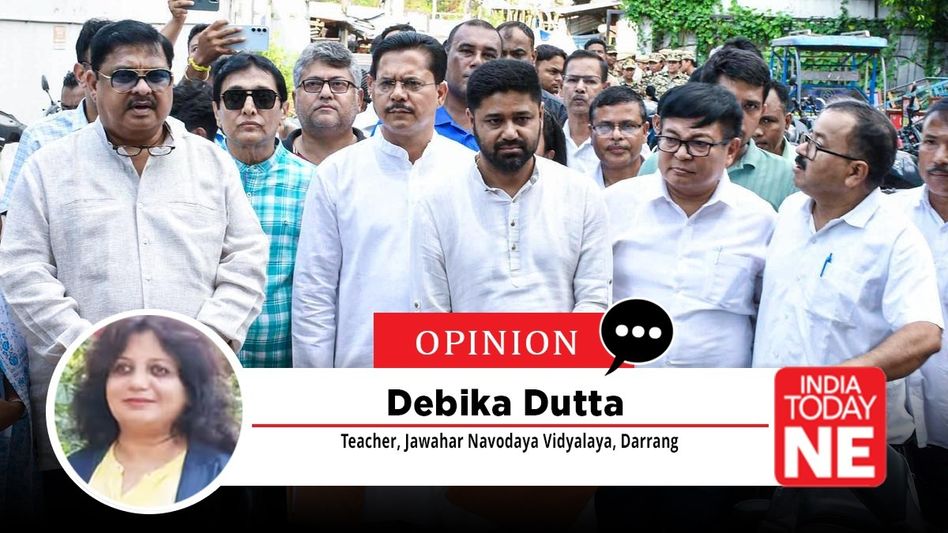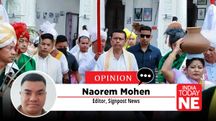Assam’s Opposition and the New Politics of Disruption
Assam’s recent Winter Session has once again highlighted a growing trend in the state’s politics: the steady replacement of reasoned opposition with performative disruption. Legislative floors, once spaces for debate and scrutiny, are increasingly treated as extensions of street protest—where slogans, placards, and procedural obstruction dominate over argument and analysis.

Assam’s recent Winter Session has once again highlighted a growing trend in the state’s politics: the steady replacement of reasoned opposition with performative disruption. Legislative floors, once spaces for debate and scrutiny, are increasingly treated as extensions of street protest—where slogans, placards, and procedural obstruction dominate over argument and analysis. For a state with a rich history of disciplined public movements, this shift marks a significant departure from its earlier political culture.
The change reflects a deeper challenge within the opposition. Parties lacking organisational coherence or ideological clarity often rely on spectacle to assert relevance. The result is a politics where visibility substitutes for vision, confrontation overshadows content, and theatrics eclipse policy. What appears on the surface as dissent often lacks depth, offering headlines rather than solutions.
This style of politics also mirrors a broader transformation in Assam’s governance. Over the past decade, administrative efficiency, welfare delivery, and infrastructure development have reshaped public expectations. Citizens now seek stability, accountability, and results-oriented governance. In this context, obstruction for the sake of optics alienates voters, whose concerns are increasingly practical rather than purely emotive.
Also Read: Contours of a Civilizational Claim: Mohan Bhagwat’s Guwahati Message in Perspective
The consequences are twofold. First, legislative time is diverted from discussion of real issues—such as migration management, border security, environmental challenges, and socio-economic development—toward unproductive spectacle. Second, the public perception of politics suffers, as citizens witness a disconnect between parliamentary conduct and everyday priorities.
Yet dissent remains vital. Democracies thrive on robust scrutiny, alternative proposals, and principled challenge. The problem arises when dissent becomes performative—detached from research, policy, or constructive dialogue. Assam’s opposition now faces a critical choice: continue with disruptive theatrics, or evolve into a responsible, policy-driven force capable of meaningful engagement.
The stakes are high. The direction of opposition politics will shape Assam’s democratic discourse for years to come. An opposition that balances critique with responsibility can strengthen both governance and democracy. One that prioritises spectacle over substance risks weakening the very institutions it seeks to influence.
In a region as complex as the Northeast, the public deserves an opposition that questions intelligently, engages constructively, and upholds institutional dignity. The future of Assam’s politics will be determined not by the volume of protest but by the quality of dissent.
Copyright©2025 Living Media India Limited. For reprint rights: Syndications Today









